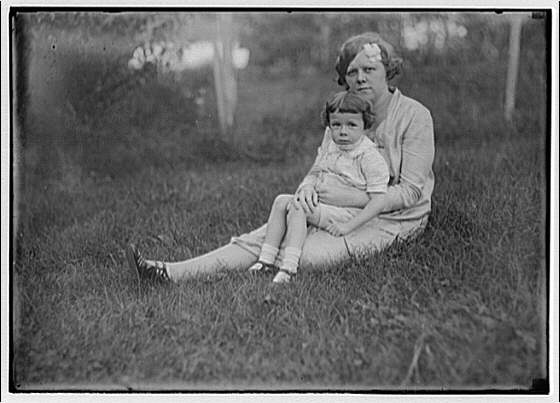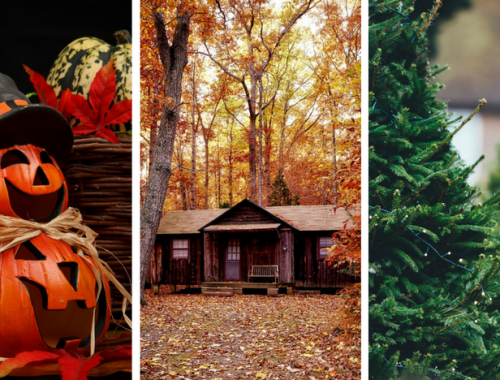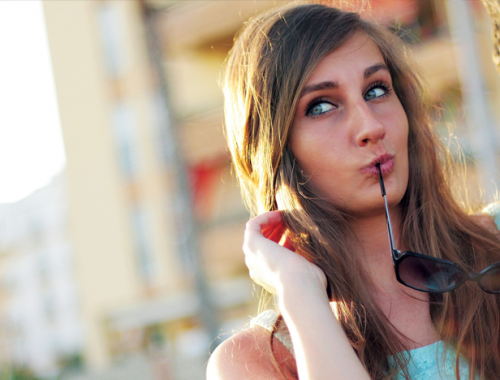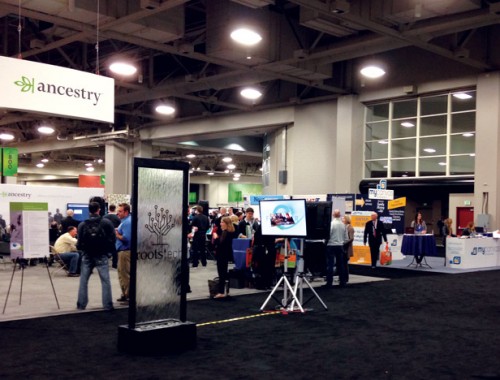If we’re lucky enough to find photos from the 1800s, it’s easy to wonder why our ancestors didn’t smile. No matter how colorful their story, their black-and-white photos show only severity and stiffness. Here are several myths about our unsmiling ancestors, the facts, and some surprising photos of Victorians who broke the mold.
Why aren’t my ancestors smiling?: The myths
Myth #1:
Many people believe that Victorians didn’t smile because of the shutter speed on cameras back then. According to this myth, smiling was tiring and cameras took a long time to snap the picture. Moving or adjusting a smile would have caused blurring in the final product.
Actually, this isn’t true. Daguerrotypes–a type of photography where the image appears directly on the camera plate–had an exposure time of about 60-90 seconds. This is still a long time in comparison to the instant photography of modern cameras. However, it’s still possible to smile that long. Who hasn’t held a grin for a family member while they adjust the camera for up to a minute?
Myth #2:
Another commonly-cited reason for unsmiling Victorians is poor dental hygiene. While it’s true that dental hygiene wasn’t great in the 19th century, there were procedures for the wealthy to have false or transplanted teeth put in place of missing pearly whites.
If this were the reason, however, we could expect wealthy ancestors with brand-new implanted teeth to smile in the photos, and poorer ancestors to hold a neutral expression. Clearly, this is not the case.
Myth #3
Others believe it wasn’t the type of camera, but the expense of the occasion. Photography could run up to $6.00, which by today’s standards would be $195.00! Pretty pricy for a photograph!
Believers in this myth then reason that because there are so many ways for smiling and more cheerful poses to go wrong, it was more cost-effective to hold still and keep a neutral expression. They also believe that because it was so expensive, the wealthier participants kept from smiling to reflect the expense and dignity of the occasion.
However, the real reason behind our stern-faced ancestors has more to do with their social perception rather than their budget.
The facts:
The Victorian aesthetic preferred a small, controlled mouth rather than big, cheerful grins. So even if wealthier people had nicer teeth, they kept a stern expression to seem more dignified. Photography was meant to portray their ideal, rather than a snapshot in time.
Also, their smiling is comparable to our selfies today. Victorians thought smiling photography was silly-looking, or for poor people and drunks. Undignified beaming could send the wrong message of a person, especially if that photo ended up on the mantelpiece or on a wall where anyone could see it.
With most photos being taken in dignified studios, Victorians mostly turned a prim and proper face to the camera, rather than be mistaken for lower-class or anyone who broke the mold.
The Laughing Victorians
…Mostly! There are, however, pictures of Victorians who–despite the stigmas–cracked a smile or even burst out laughing. This couple tried to keep a straight face, but their crack-ups are sweet and charming, and show a different side of their Victorian family.
And not all of these photos are of lower-class, either! Even Queen Victoria gives the crowd a smile.
Smiling became more and more popular around the turn of the century, during the Edwardian era. Finally, in about the 1940s, photographers began to say “Cheese!” And we’ve been grinning in photos ever since.
These might be rarer photos, but it’s comforting to know our ancestors still had a sense of humor. Have you been lucky enough to find one of these laughing Victorians in your family tree? Let us know! We’d love to help you show off their smiles with a beautiful family history product.
[contact–form-7 id=”1576″ title=”Contact“]






